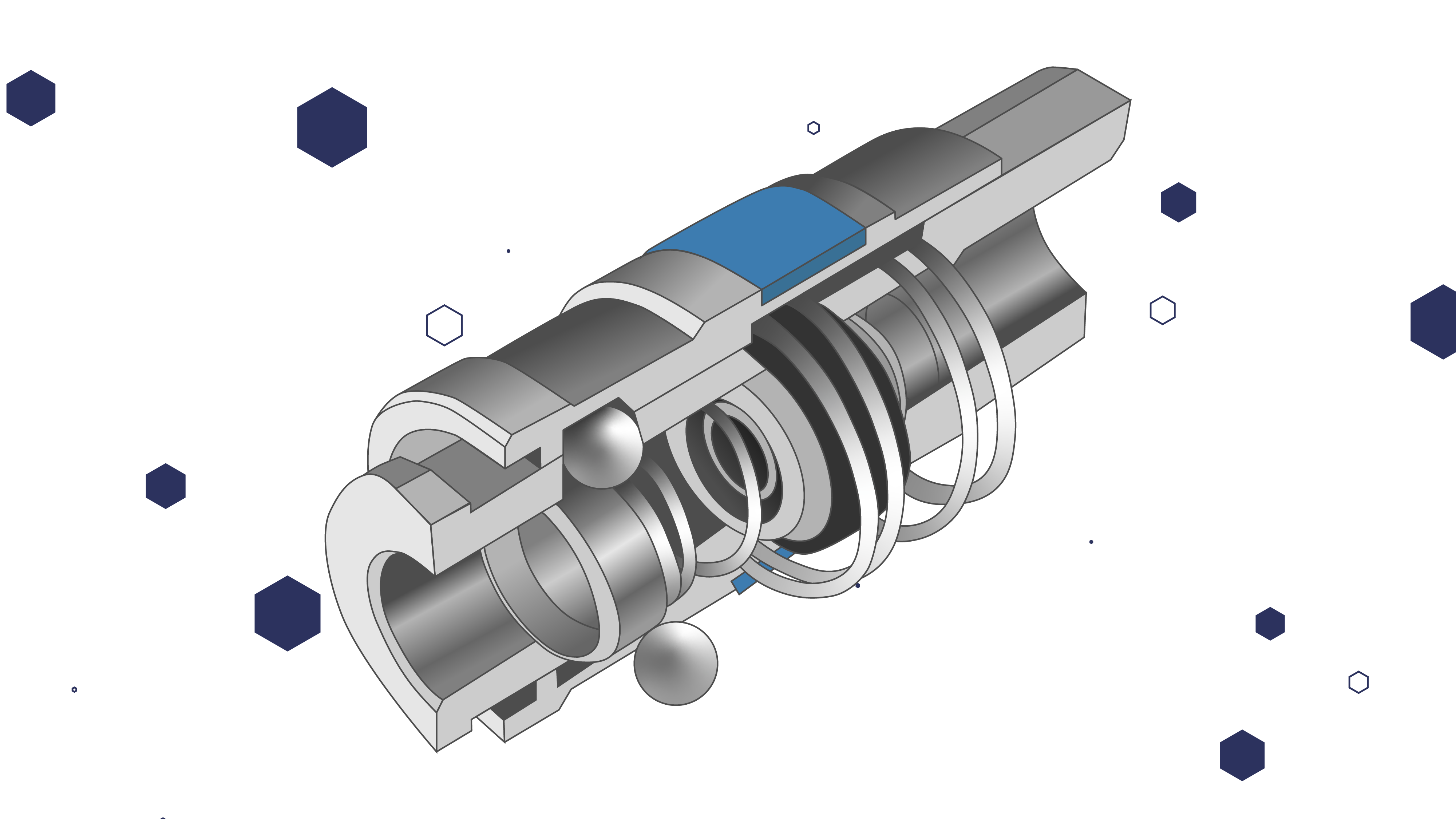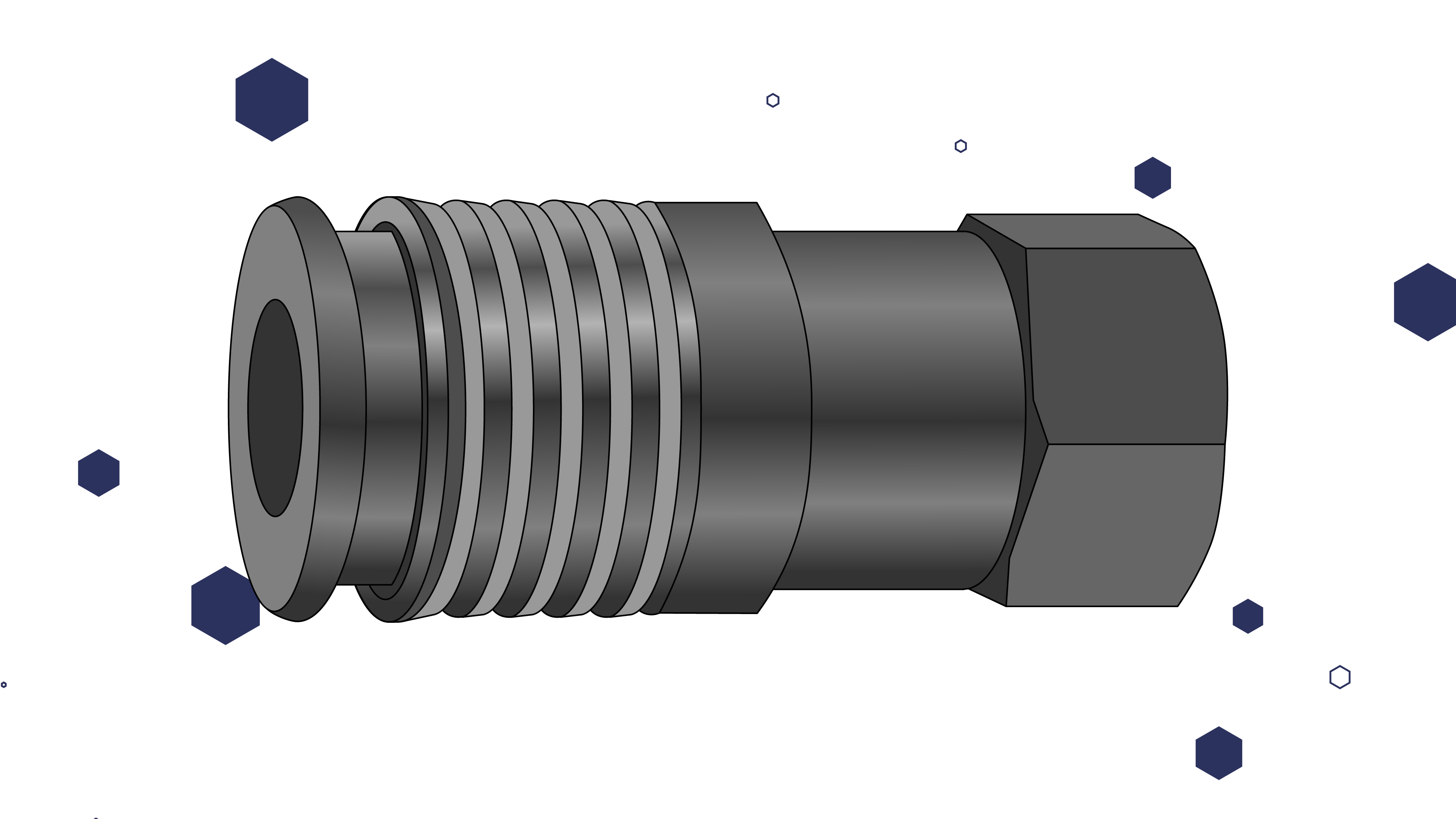The Ultimate Guide to Pneumatic Couplers: Types, Uses, and Best Practices

Pneumatic couplers are the unsung heroes of compressed air systems. They ensure secure, efficient connections between hoses, tools, and other equipment, playing a crucial role in optimizing system performance. Whether you’re an industry professional or just starting out, understanding pneumatic couplers is essential for maintaining reliability and efficiency in your operations. In this guide, we’ll break down their purpose, components, materials, and the various types available to help you make informed choices.
What Are Pneumatic Couplers?
Pneumatic couplers are connectors designed to join compressed air systems seamlessly. Their primary function is to create an airtight seal that prevents air leakage, ensuring consistent pressure and efficiency. With quick-connect functionality, they allow for effortless attachment and detachment of hoses and tools, reducing downtime and improving workflow.
Key Components of a Pneumatic Coupler
Every pneumatic coupler is engineered with precision components that contribute to its performance:
Locking Balls – These secure the plug in place, preventing accidental disconnections.
Seals – Typically made from rubber or synthetic materials, they ensure airtight connections and prevent leaks.
Ramps – Internal guides that facilitate smooth plug insertion and secure locking.
Valve Mechanisms – Control airflow and prevent air loss when the system is disconnected.

Choosing the Right Material for Your Application
The material of a coupler directly impacts its durability and suitability for specific environments:
Steel – Known for its strength, steel couplers are ideal for heavy-duty industrial applications.
Brass – Corrosion-resistant and great for moderate-duty applications, especially where moisture is present.
Stainless Steel – Highly resistant to corrosion, making it the best choice for harsh environments such as food processing or marine applications.
Composite Materials – Lightweight and non-corrosive, perfect for portable and lightweight systems.




Common Sizes and Compatibility
Pneumatic couplers come in various thread and body sizes to accommodate different system requirements:
Thread Sizes – 1/4", 3/8", and 1/2" NPT are common options, corresponding to hose and tool specifications.
Body Sizes – Measured in inches (e.g., 1/4" or 3/8"), with size influencing airflow capacity and pressure handling.
Types of Pneumatic Couplers and Their Applications
Pneumatic couplers are available in several designs, each catering to specific tools and industries:
Industrial Interchange – The most widely used type, offering broad compatibility across tools and systems. Commonly found in workshops, manufacturing plants, and industrial environments.
ARO 210 – Compact and lightweight, making it ideal for portable air tools and light-duty applications.
Tru-Flate (Parker Interchange) – High-flow design ensures maximum airflow, frequently used in automotive maintenance and heavy machinery.
Lincoln Interchange – Features a long-stem design for enhanced stability, often used with pneumatic nail guns in construction.
Universal Couplers – Designed to connect with multiple plug types, providing flexibility in environments with mixed-tool systems, such as auto repair shops and factories.
Why Pneumatic Couplers Matter
Choosing the right pneumatic coupler can significantly impact system efficiency, tool performance, and overall operational reliability. Investing in high-quality couplers reduces air loss, minimizes downtime, and ensures safety in demanding work environments.
At Midland Industries, we understand the importance of durable, high-performing pneumatic components. Our selection of precision-engineered couplers is designed to meet the highest standards, ensuring your equipment runs smoothly and efficiently.
Stay Tuned for More Insights
This guide covered the basics of pneumatic couplers, but there’s more to learn. In our next post, we’ll dive into installation best practices and maintenance tips to keep your compressed air system operating at peak efficiency.
Need help finding the right pneumatic coupler for your application? Contact us today—we’re here to help you make the best choice for your system’s needs.
